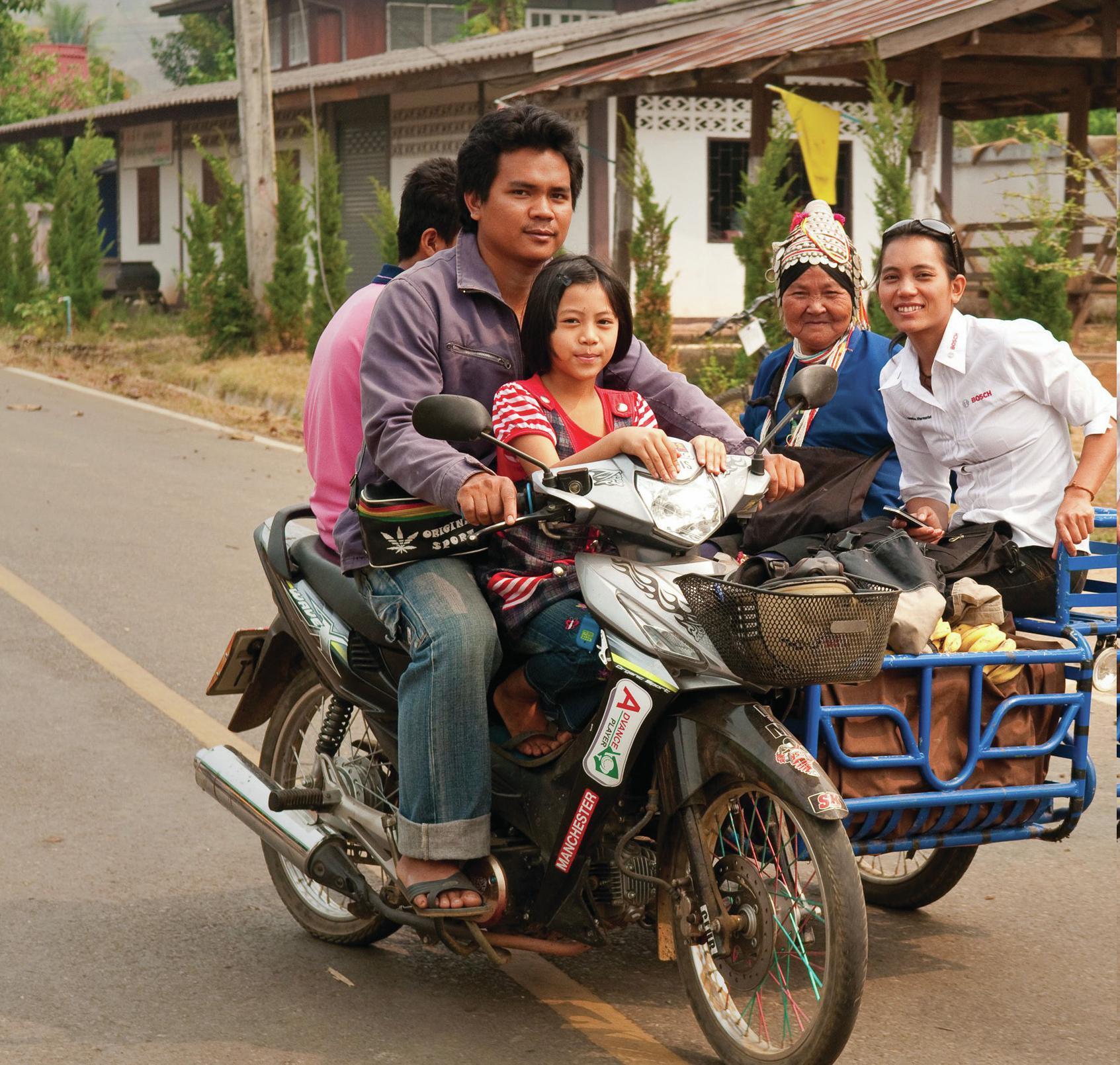
Western media, as well as some A-level textbooks, tend to portray the world as it was in 1960: ‘Third World’ countries have low life expectancy and large families, while Western populations have long lives and small families.
If you analyse the data (Hans Rosling presents this well in his 2006 TED talk, see Resources) then it is clear that the world is no longer like that. The transition from high to low birth rates took over 200 years for most European countries, but southeast Asian countries largely achieved the transition in under 30 years. This article focuses on Thailand to try and understand how and why this occurred.
Your organisation does not have access to this article.
Sign up today to give your students the edge they need to achieve their best grades with subject expertise
Subscribe




